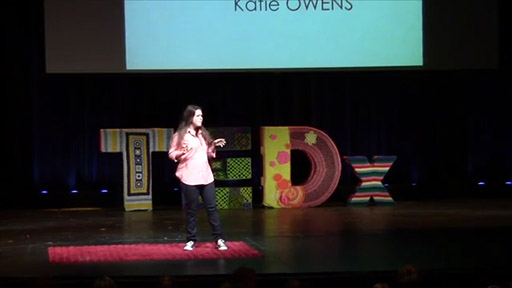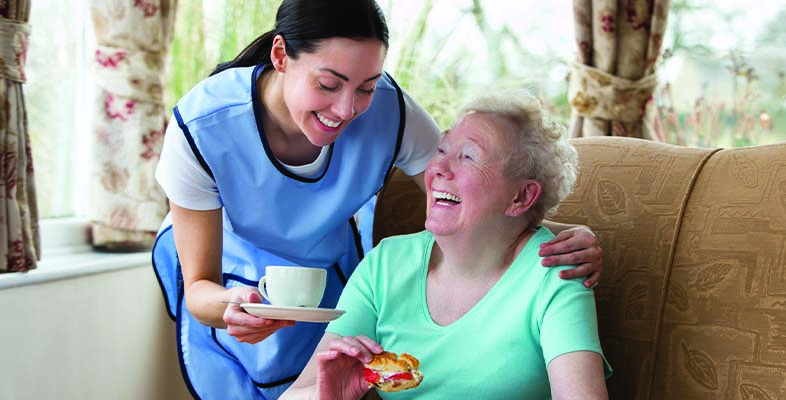3.1 Listening is not the same as hearing
Hearing refers to the sounds that you hear, but listening needs you to focus. Listening means paying attention not only to the words but to how they are said.
- What kind of language is being used?
- What is the tone of voice telling you?
- What does the person’s body language tell you?
You need to be aware of both verbal and non-verbal messages, and your ability to be a good listener depends on how well you see and understand these messages.
Activity 8
Watch this TED talk about the art of active listening.

Transcript: Active listening
Active listening
Katie Owens tells us to remember three key words if we are going to be active listeners. They are:
- Be
- Here
- Now.
What do you think she means by this? Write your answer below.
Comment
Katie Owens says that we should be present for the person we are listening to. We need to be in the moment with them, not doing anything else or distracted by anything else, such as mobile phones or having one eye on the television. It is also helpful to sum up what someone has told you, to give them the chance to check whether you have listened correctly and have understood what they have told you.
